Wearing wigs is a comfortable way to change your appearance, keep up with fashion trends or simply add some flair to your style. However, traditional wigs need adhesive to attach, such as wig glue, which may not be suitable for everyone. Many people are concerned about the chemicals in these products or simply prefer a glue-free approach. Fortunately, there are several effective alternatives to wig glue that can keep your wig securely in place. In this blog, we'll explore various methods to help you how to secure a wig without glue.
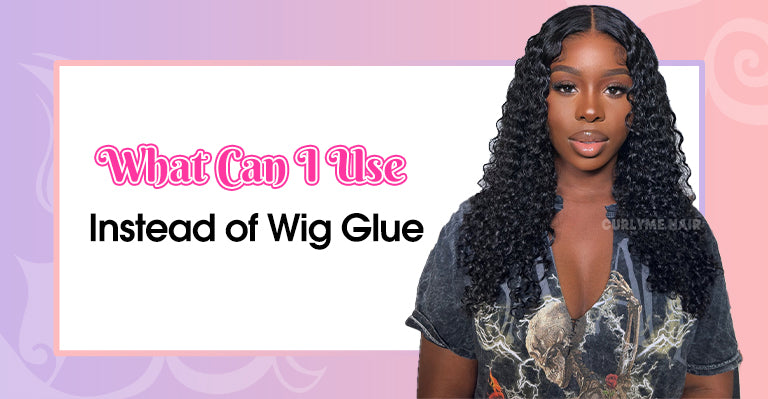
What Can I Use Instead of Wig Glue
It's a well-known fact that wig glue, due to its chemical composition, can cause damage to the skin around the hairline with prolonged use. This can be especially concerning for pregnant individuals or those with sensitive skin. Opting for a wear go glueless wig that doesn't require adhesive is a wise choice. However, for those who already own wigs that require glue, there are some wig glue alternatives:
1. Combs & Clips
Some wigs come with built-in combs and clips inside the wig cap for added security. This is the most traditional method of securing wigs and is often used in combination with other methods. While this method is cost-effective and suitable for short-term wear, it may not be as effective for lace wigs as the lace portion may still shift, and extended use may cause scalp tension and discomfort.
2. Hairspray
Hairspray offers a convenient and straightforward alternative. Begin by cleaning the skin along the hairline with alcohol on a cotton pad to remove oils. Gently lift the lace edge of the wig and spray hairspray along the hairline. Use a cold setting on a hair dryer to dry the hairspray until it becomes tacky, securing the wig. However, this method is not as secure as glue and may not hold up well in hot and humid conditions.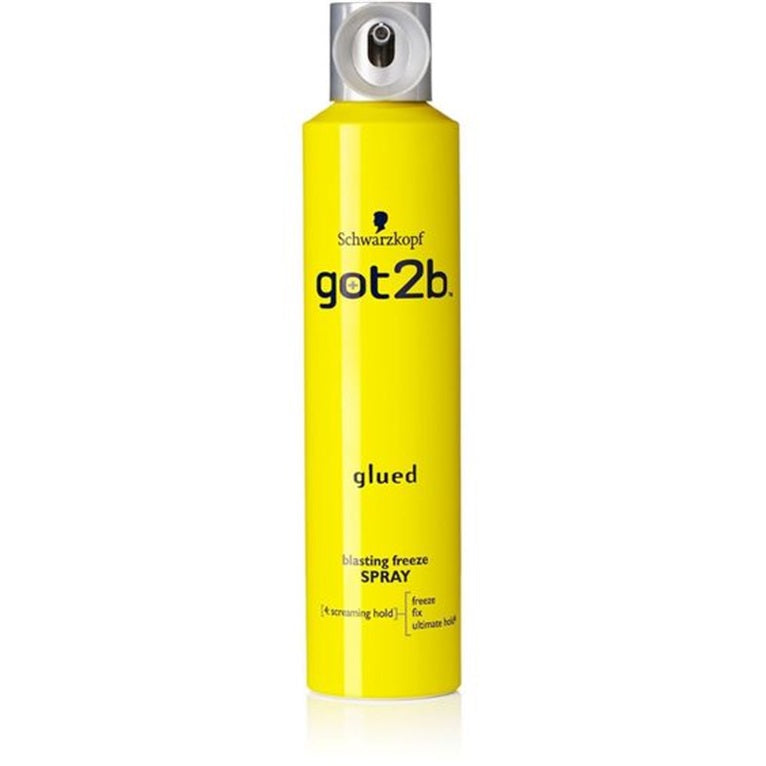
3. Adjustable Straps
Glueless lace wigs often come with elastic straps for securing. This method reduces friction on the hair compared to combs and allows you to adjust the tightness to match your head circumference for a snug fit. Some wig enthusiasts sew straps onto other types of wig caps for added security.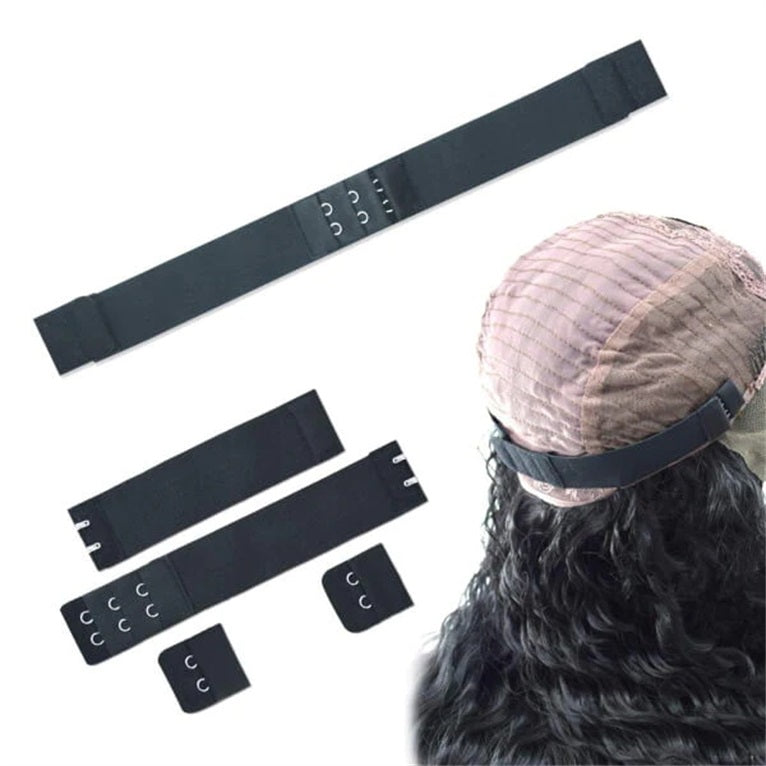
4. Wig Cap
A well-fitting wig cap, such as a 3D dome cap designed to mimic the curvature of the human head, can provide an excellent base for glueless wigs. These caps ensure that the wig stays securely in place even during active movements, making them a reliable choice.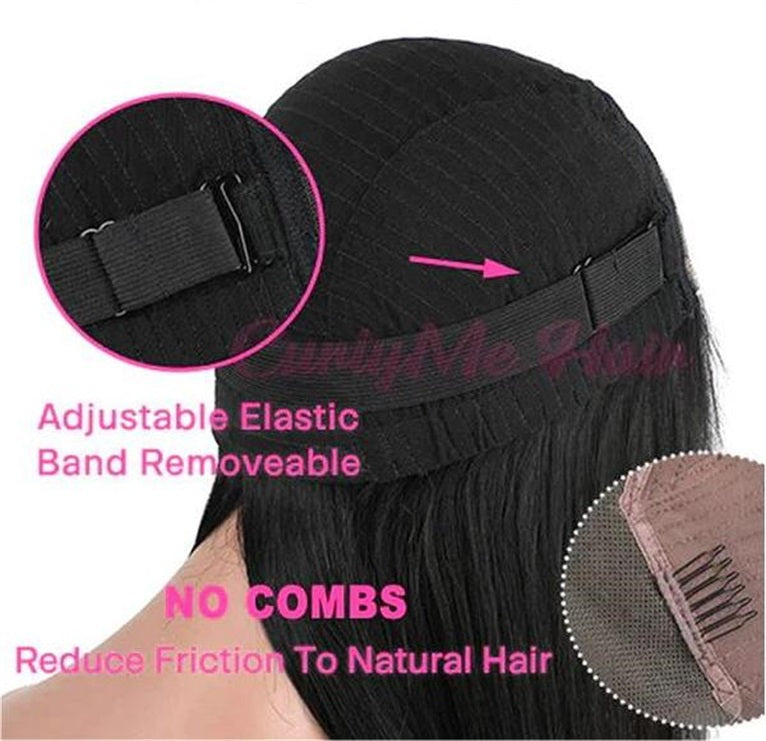
5. Headband
Headband wigs are designed to be worn without glue, as they use a headband to secure the wig in place. You can purchase headbands separately and use them with other wig types like lace closure wigs and frontal wigs. The choice of headband color can complement your outfit and wig color for a coordinated look. However, this method may hide your natural hairline and limit styling options.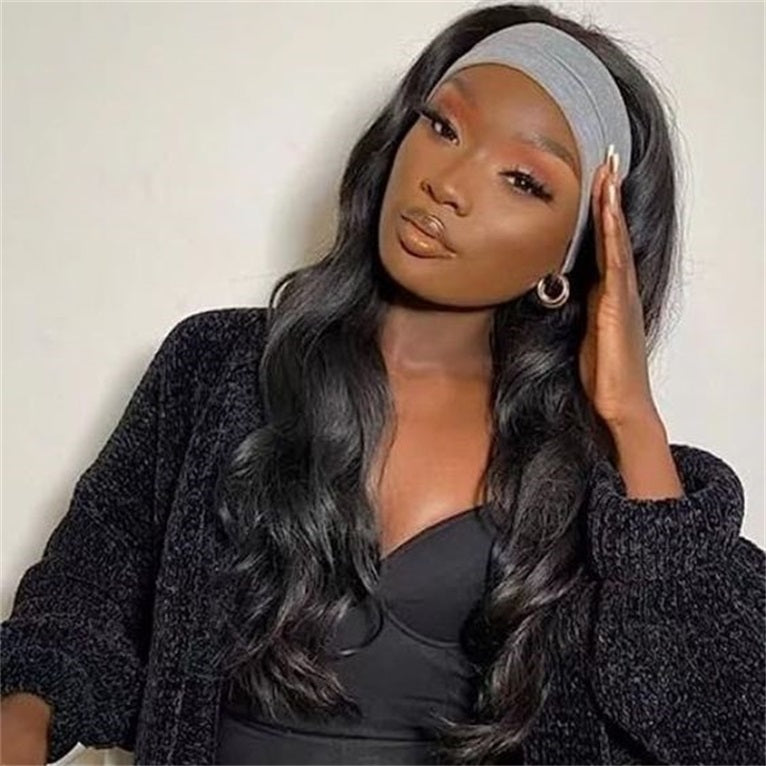
6. Wig Tape
For those who prefer a strong hold without the mess and irritation of glue, double-sided wig tape is a good choice. It provides a secure hold and can last for several weeks. Various tape sizes are available to suit different wig types. However, if you frequently change wigs, tape removal can be challenging and painful.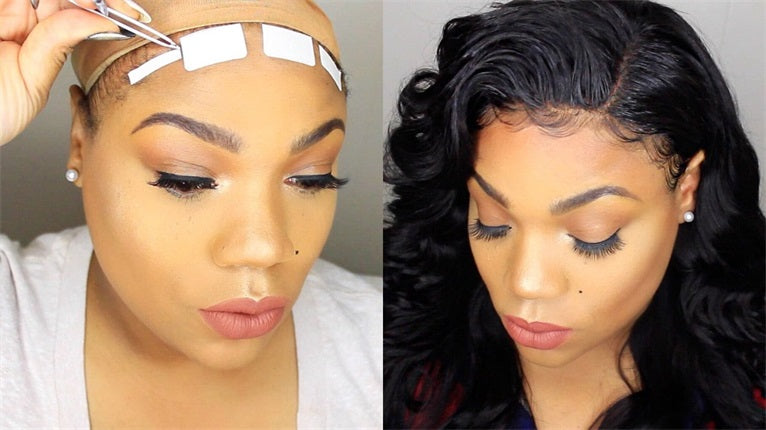
7. Sew-in Wig
Instead of traditional glue methods, wigs can be sewn in for security. However, this method requires professional hairstylists for installation, can be costly, and takes more time. Additionally, it may not be suitable for individuals with sparse natural hair, as the sewing method can create tension on the scalp, hindering natural hair growth.

FAQs
Q1: Do All Lace Front Wigs Require Glue?No, glue is not required for wearing glueless lace front wigs like the wear go glueless lace front wig.
Q2: Can I Glue a Glueless Wig?
Technically, you can use glue on a glueless wig, but it's not necessary and often not recommended. Glueless wigs are designed to be worn without the need for adhesives like wig glue or tape. They come with features and mechanisms that are intended to secure the wig in place without the mess and potential complications of using adhesives.
Q3: Does Wig Glue Damage Your Hair?
A: Wig glue, when used correctly and sparingly, should not damage your hair directly. Most wig adhesives are formulated to be gentle on the skin and hair. However, while most wig adhesives are formulated to be gentle, prolonged and frequent use can sensitize the skin. If you experience persistent discomfort or skin issues, consult a dermatologist for guidance on the best products and practices for your specific skin type.
Q4: Can I Use Eyelash Glue for My Wig?
A: Using eyelash glue is not recommended. Different brands of eyelash glue have varying ingredients, some of which may be harsh or thick. Using the wrong type of glue can damage the lace of the wig, especially HD lace wigs, which are delicate and thin. It's essential to use non-irritating, specialized wig products for removal and maintenance.








